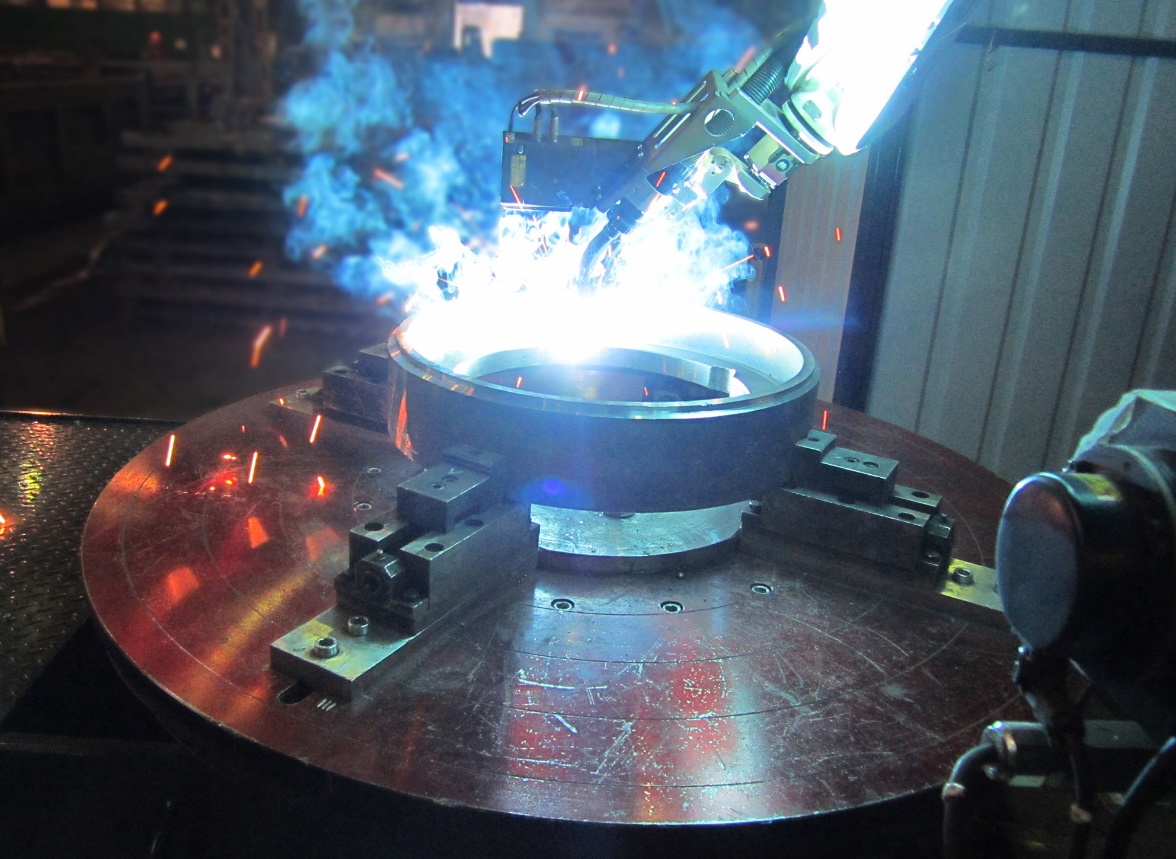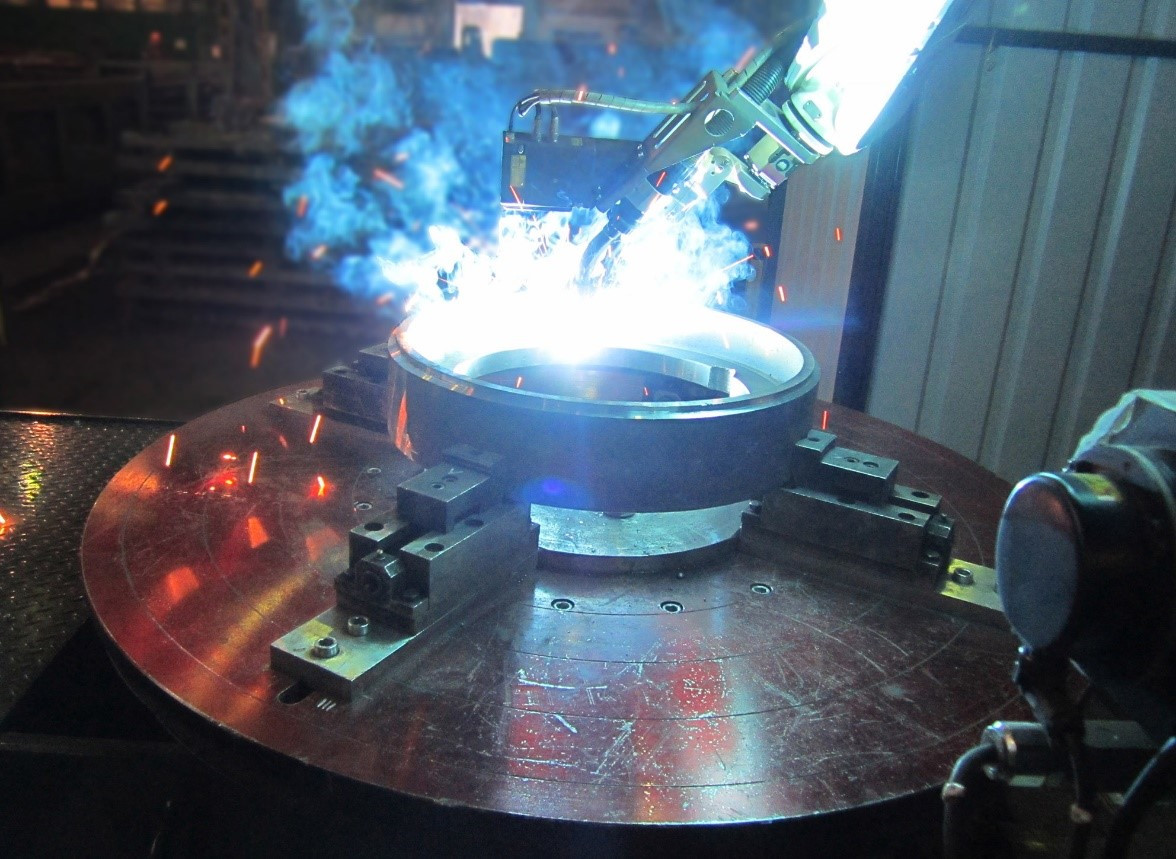In the modern world, the phenomenon of robotics penetrates into various spheres of life, and the industrial sector is no exception. Industrial enterprises use robots in various production operations to control, move and implement technological processes directly.
Robotization has a number of advantages, such as uninterrupted provision of a given quality, the ability to work 24/7 and in hazardous environments, besides there is no need for air conditioning, lighting, heating, etc., as well as salary revision. Together, these factors, along with the tendency to reduce the cost of industrial robots (due to the development of the industry and cheaper materials), contribute to the popularization of robots in the world, including in the production environment.
What is an industrial robot?
The International Federation of Robotics, when compiling the global density rating of industrial robots, uses the definition of the ISO 8373 standard "Dictionary":
industrial robot: automatically controlled, reprogrammable, multi-purpose manipulator, programmable along three axes or more. It can either be fixed in a given location, or be able to move around to perform industrial automation tasks.
International trends
Due to the differences in the structures of economies and the specific weight of industry in different countries, in order to determine the saturation of the domestic market of industrial robotics, the indicator of the density of robots in the industrial sector is used in calculating the number of robots per 10,000 people provided by the International Federation of Robotics. The undisputed leaders in this rating are South Korea and Singapore with indicators of 932 and 605, respectively, with an average world level of 126 industrial robots per 10,000 people.
The leadership ensures the predominance of the automotive and electronics industries, as the two main consumers of industrial robots, so about 90% of all industrial robots in Singapore account for the electronics industry.
The structure of the application reflects that the main types of robots are manipulators (hand, universal - perform heterogeneous basic and auxiliary technological operations), welding work (maintenance of welding robot processes) and assembly work (maintenance of assembly production processes).
At the same time, the main trend remains the penetration of artificial intelligence and machine learning, which allows robots to better perceive the environment and, as a result, the growth of the share of collaborative robots (cobots) in the structure of sales volume. Thus, with a general decline in sales by the end of 2020, the share of collaborative robots has increased both in absolute and relative terms.
Kazakhstan Market
The volume of imports of industrial robots in 2020 decreased by 2.5 times compared to 2019 and amounted to 1.3 million US dollars, while their number increased from 46 units to 539.

According to the calculated data of JSC "QazIndustry", more than 90 industrial robots are used in Kazakhstan at more than 24 enterprises, of which the main share is in the manufacturing industry, while the average "age" of industrial robots is about 6 years.
The main areas of application are: manipulators, moving, welding and painting, quality control, etc.
Examples of the use of industrial robots in domestic enterprises
Examples of domestic enterprises that have introduced industrial robots include:
Maker (Maker) LLP – Karaganda Foundry and Machine-building Plant (KLMZ)
The NS-3500F and NS-5000F robotic welding complexes at KLMZ are used for welding such products as the body of the VG-10 mine trolley and the trolley frame for the VG-10, repair by surfacing the gear housings of motor wheels for BelAZ equipment, repair by surfacing the landing cups of highly loaded gearboxes, welding of the wheels of TORRO and Caterpillar quarry loaders.
The use of robotic complexes allows to increase productivity by 30-50% during welding and by 80-100% during surfacing.
The power sources of the welding arc and the robot control system allow you to get better seams. Work safety is improved. But at the same time, robotic complexes are disclosed only during mass production, and also require more accurate and accurate assembly for welding.
Welding of Caterpillar wheel flange
JSC "Kentau Transformer Plant"
The company has successfully implemented a robotic complex of the company "Yaskawa Motoman" for welding and mixing in the manufacture of distribution power transformers. For the purchase of robots, the company received a grant from the state.
Advantages of the introduction of a robotic welding complex:
The welding robot can work 24 hours a day without stopping with constant quality;
stable product quality (the robot performs the specified operations much more accurately compared to a human);
minimizing the influence of the human factor on the quality of welding seams;
improving the application of welds and compliance with welding techniques and technologies, which affects the quality of the welded joint between the nodes;
reducing the percentage of marriage to a minimum.
Karasai Machine - building Plant
Implementation features
The ABB company's robotic complex for welding and assembling metal structures is successfully operating at the enterprise.
Thanks to the software "stuffing" from Quant Robotics, the complex can work with inaccurate blanks and deviations in the geometry of the I-beam.
Robots dynamically rebuild the assembly program after determining the actual geometry and position of the I-beam.
Results:
- Productivity, in comparison with human labor, is 100-320% higher, depending on the complexity of the product.
- The assembly error is less than 1 mm.
- Zero percent of marriage.
- Training of the operator of the complex takes one working day.
For more information, follow the link - https://www.youtube.com/watch?v=TU1sujD2aaQ





